Environmental Protectionin the Production Process
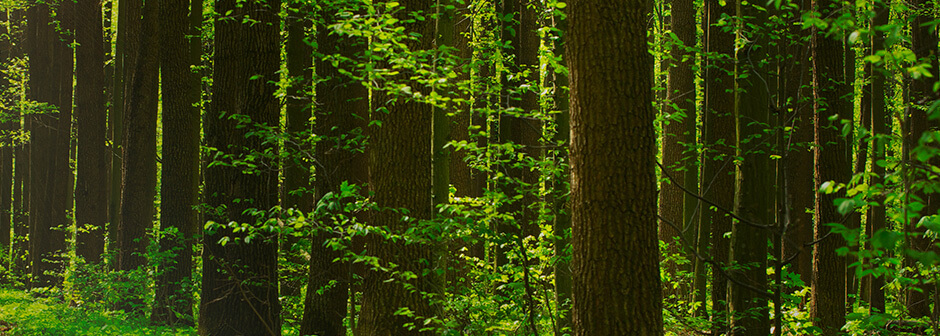
* Pflichtfelder
Diese Angaben sind zur Anmeldung zum Newsletter "Packendes" notwendig.

As a family business, we always focus our efforts on the future. It is important to us to combine economic success with social responsibility, employee orientation, long-term customer relationships and environmentally friendly production. Through state-of-the-art production facilities as well as the use of renewable energies, we achieve the highest level of environmental protection throughout the entire production chain and thus produce innovative and environmentally friendly packaging for our customers. The success of these measures speaks for itself: around 47,000 tonnes of carbon emissions have been saved every year since the year 2000 by the entire Klingele Group. This equates to a reduction in our carbon footprint of 39.6 percent per tonne of paper, while our production output has increased by 78 %.
With innovative products and processes, we are continuously developing our company and providing proof of how an environmentally friendly circular economy can function. This begins with the purchase of environmentally-friendly materials and ends with efficient logistics, avoiding empty runs and ensuring optimum use of freight capacity.
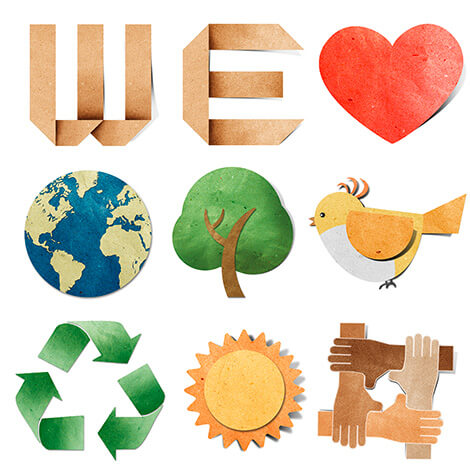
We manufacture corrugated base paper for different fields of use at our site in Weener (East Frisia) and in our BluePaper paper mill (Strasbourg). The related processes are all geared towards optimum conservation of natural resources and maximum energy efficiency:
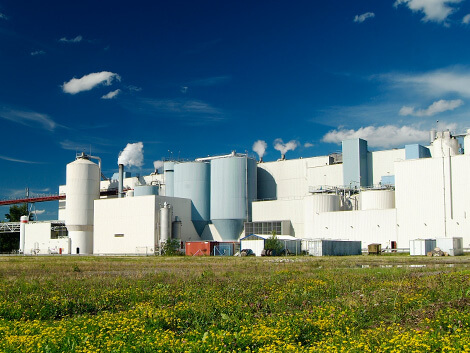
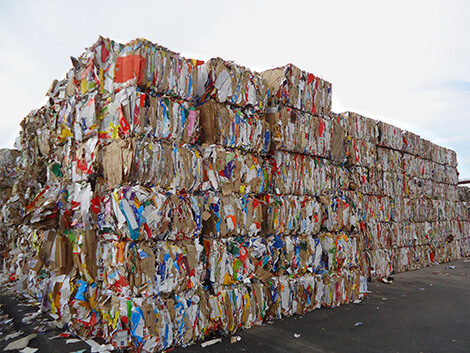
We use 100 % waste paper in our corrugated base paper, which we clean in a complex procedure before processing. Our paper mills are also certified with the FSC® Recycling Seal. This is our guarantee that the raw materials used are secondary raw materials - with a traceable origin.
We use only starch to increase strength. No synthetic dry strengtheners are used, which have to be added to the paper in large volumes to meet the strength specifications. This protects the environment, the petroleum resources and increases the recyclability of the waste paper that emerges from the packaging and folding boxes. The water cycles, and therefore also the sewage treatment plants of the paper mills, are not unnecessarily polluted by synthetic polymers!
Water is a vital resource for papermaking. Our state-of-the-art treatment plant purifies wastewater biologically in a two-stage process. Bacteria known as anaerobic digesters convert organic matter in the water into biogas. A combined heat and power plant then burns the gas, producing electricity and heat that are used in the paper mill, completing the energy cycle.
Furthermore, there is a recycling of cooling water for further use to reduce the fresh water demand, as well as a heat exchange in Weener, for example with the local open-air swimming pool.
Use of renewable energy sources and non-recyclable production waste form the central pillars of the energy concept in place in our production sites. The best example is our paper mill in Weener which is supplied with heat and electricity by its own power plant which runs on refuse-derived fuel (RDF).
Our paper mills are genuine recycling plants: waste paper makes up 100% of the primary resource and raw material for production. Production itself is also organised according to the principles of closed loop recycling management: waste material generated at paper machines is recycled and reintroduced into the production process.
Our logistics system guarantees short distances and optimum freight capacity. This applies to the planning of transport routes between our own production sites and to supplier management. Our paper mill in Weener, for example, is primarily supplied with waste paper from two local districts, and long-term delivery contracts guarantee sustainability. Regional proximity to our suppliers shortens transport routes and reduces road traffic.
We supply corrugated base paper to our southern plants from our BluePaper paper mill - and use the return freight to transport waste paper from these plants to BluePaper. This completes the cycle again - and is another reduction in our carbon footprint.
Our paper mills are certified to ISO 14001 (environment management), ISO 50001 (energy management) and ISO 9001 (quality management).
Paper production consumes a lot of energy, so we established our own refuse-derived fuel (RDF) power plant, Weener Energie, at the Weener site. Since mid 2008, Weener Energie has supplied all the thermal energy required for paper drying. Refuse-derived fuel is mainly procured locally - reducing transport costs and carbon emissions. Weener Energie is also fuelled with waste material from our paper mill.
Our paper mill is also supplied with additional energy from renewable sources around the plant. This includes our own company wind turbine which supplies an output of 3 MW after repowering in 2015 and thus saves around 3,500t of CO2. The electricity generated is fed into the public grid. Thanks to this energy concept, we not only protect the environment and our budget but also secure our long-term independence from international energy markets.
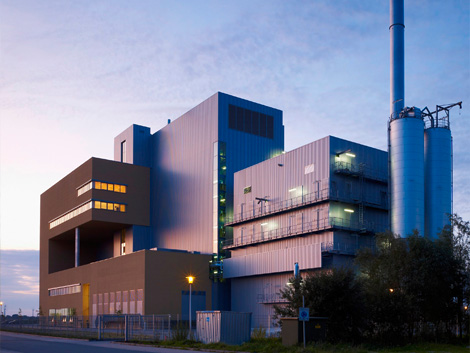
Systems and processes in our four box plants are geared towards maximum energy and resource efficiency. Our presence in four different regions of Germany not only guarantees customer proximity but also ensures efficient logistics and saves carbon emissions. Internationally-recognised certificates confirm our high standards of energy and environment management.
Our consistent sustainability strategy:
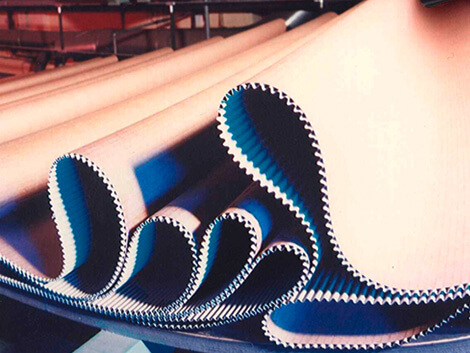
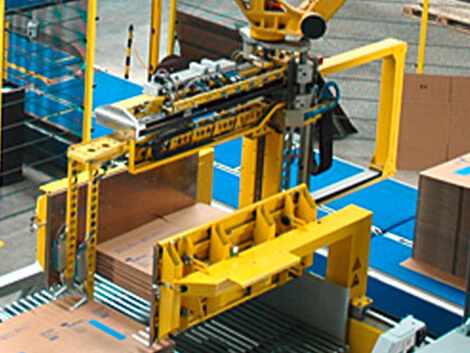
We focus on the best possible use of resources when designing or expanding our production installations. Cutting edge machinery reduces our consumption of water, dye and energy, and improves noise protection in our plants.
Compressed air systems in all our factories play a key role in reducing energy consumption. These have been continually improved over past years to achieve greater carbon emission savings - for example, the carbon footprint of our Hilpoltstein plant has dropped by 77 tonnes a year! In winter, we heat our production halls and warehouses with the warm air recovered from compressed air generation.
Sustainable packaging development: When developing our packaging, we focus on customer benefits and the protection of our environment. We continuously optimise our packaging concepts in terms of material use and resource conservation. Through an adapted corrugated profile, lightweight papers or design changes, we reduce the amount of material used and can therefore achieve significant savings. The goal is always an optimal mix of high product protection, resource conservation and cost efficiency. With optimised single-material solutions such as ECOGRIP, FastFix, etc., we save on external materials and freight volumes.
Our production processes aim to achieve maximum energy and resource efficiency. One example is the disposal of production waste: central refuse conveyors in production halls replace individual extractor systems - this supports systematic waste disposal and saves energy. A number of our innovations clearly exceed industry standards: our box plant in Delmenhorst, for example, was awarded the Environmental Award of the City of Bremen for its wastewater treatment plant. The plant extracts fresh water from wastewater contaminated by ink after the production of printed packaging - without the use of harmful chemicals - creating a closed cycle.
By using our own paint mixing facilities, both the recycling of residual paint and the recycling of the paints have been optimised and the use of disposable tin cans has been avoided.
Our plants are certified to ISO 14001 and ISO 50001 (energy management). Environment and energy officers in each plant ensure the continuous monitoring of relevant processes and further development of these issues. Analysis of consumption data is an essential element of our energy management system: installation of an energy monitoring system enables instant access to the most important process and energy data of the production installation at any time - guaranteeing transparency and a solid foundation for the optimisation of our energy efficiency.
Our packaging product is already sustainable by definition; 90 percent of our production is manufactured from corrugated base paper made of recycled waste paper. The remaining ten percent comes from sustainably-managed forests and other controlled sources. Corrugated board can also be 100 percent recycled: after use of packaging, the board is collected via the RESY recycling system and delivered to paper mills for re-use. We also ensure that our additives are “clean” substances: for example, we use starch-based adhesives, and solvent-free, water-based flexoprinting inks - in the interests of the environment and the consumer!
We recycle and prepare die-cutting residues and corrugated board waste from production and return them to the production cycle.
Corrugated board is a genuine recycling product: 90 percent of it is made from recycled material such as used corrugated board, waste paper and cardboard packaging. It remains a valuable raw material after use: almost 100 percent of used corrugated board packaging is recycled with waste paper and made into new packaging (again).
It should be added that corrugated board packaging is single-material packaging, making it easier to recycle. This is a major advantage for sectors in which packaging is a critical factor for success and is in high demand, e.g. e-commerce.
We use 90 per cent recycled paper for our corrugated board packaging. The remaining ten per cent comes from sustainable forestry or controlled sources. Transparency about our supply chain is very important to us; that is why both our paper mills and our corrugated board plants have been certified according to the internationally established FSC® standard for years.